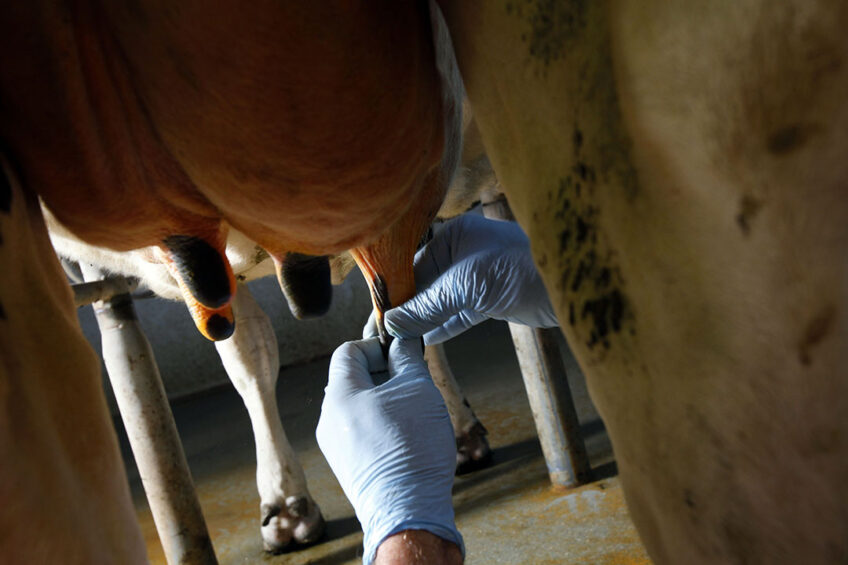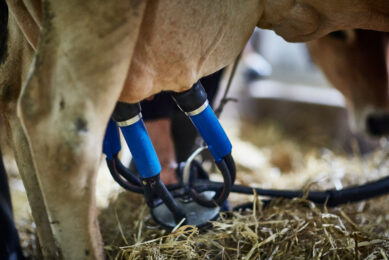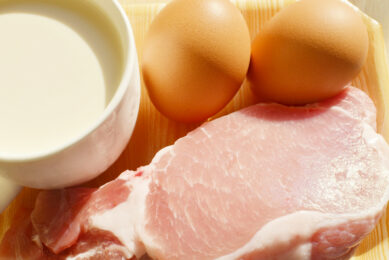Scotland: Lower incidences of mastitis in cows on SDCT

Dairy farmers are being encouraged to practice selective dry cow therapy (SDCT) in a bid to minimise the use of antibiotics at drying off, following a Scottish Government-funded project.
The report by Scotland’s Rural College (SRUC), the project carried out by SAC Consulting in partnership with Müller, Zoetis and the University of Edinburgh – found that restricting treatment to ‘high risk’ cows cut unnecessary use of antibiotics and saved money, with no threat to udder health.

The project focused on reducing the use of antibiotics at drying off and involved eight farms in Aberdeenshire and nine in Ayrshire.
Dry period performance was analysed on 3342 cows with 57% having selective dry cow therapy (SDCT) and 43% having antibiotic dry cow therapy (DCT). All cows also received an internal teat sealant at drying off.
Lorna MacPherson, a dairy specialist at SAC Consulting who coordinated the project, said: “There is mounting pressure on the livestock sector to reduce antibiotic use due to the global threat from the emergence of antibiotic-resistant strains of bacteria.
Government targets
“The dairy industry has cut prophylactic antibiotic use significantly in the past few years and is well on track to meet government targets but it’s important for farmers to feel confident that by cutting out treatments they are not risking greater need for antibiotics later down the line. This was the main objective of this project.
“Initially farmers were concerned about stopping the routine treatment of cows with antibiotics at drying off. However, as the project progressed, their confidence grew and many were pleasantly surprised that the incidence of mastitis in cows on SDCT was less than those receiving antibiotics, and there was no increase in cows calving in with a high cell count.
“The results showed next to no difference in either the dry period protection rate or the dry period cure rate between the systems. In fact it proved that 74% of the cows self-cured.”
At a conference held recently to mark the end of the three-year project, delegates heard that antimicrobial resistance is not only a threat to livestock but also to public health with an estimated 700,000 people dying globally of drug resistant infections every year. If nothing is done, this figure could rise to 10 million people by 2050.
The UK action plan relates mostly to human health and medicine, but between 2016 and 2020 its aim is to reduce antibiotic use in food-producing animals by 25%. RUMA (Responsible Use of Medicines in Agriculture) figures show that from 2015 to 2018, the total use of antibiotics in the UK dairy herd is down by 35%, so the industry is well on track to meet targets or exceed them.
Join 13,000+ subscribers
Subscribe to our newsletter to stay updated about all the need-to-know content in the dairy sector, two times a week.










